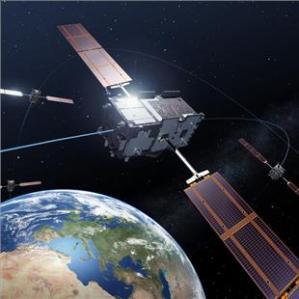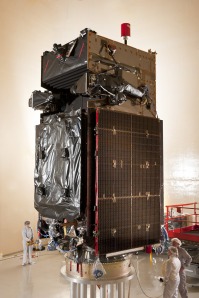 Just 4 Kids, an Australian charity organization that caters to disadvantaged and disabled children, will now enjoy their adventure trips more, thanks to the ingenious satellite communication solution that Beam Communications developed for the organization.
Just 4 Kids, an Australian charity organization that caters to disadvantaged and disabled children, will now enjoy their adventure trips more, thanks to the ingenious satellite communication solution that Beam Communications developed for the organization.
The charity organization makes trips to remote Australian areas, hence the need for a reliable satellite communication is essential in case an emergency arises and there is no mobile phone services and UHF and HF radio signals are poor.
The motor trails of Just 4 Kids make use of Beam’s PotsDock 9555 mounted in the car along with a privacy handset. The Iridium 9555 handset fits in the docking station, featuring GPS, phone charging, RJ11/Pots, tracking, Bluetooth, and so on. The alert and tracking module can be changed to support periodic polling or emergency alert reporting.
 After the European Space Agency (ESA) turned on the search and rescue (SAR) package on its Galileo Navigation Satellite, it has successfully cleared its first space test, which marks an important expansion of the COSPAS-SARSAT program — a satellite-based network designed to help air and sea vessels in distress.
After the European Space Agency (ESA) turned on the search and rescue (SAR) package on its Galileo Navigation Satellite, it has successfully cleared its first space test, which marks an important expansion of the COSPAS-SARSAT program — a satellite-based network designed to help air and sea vessels in distress. Lockheed Martin has shipped the second Geosynchronous Earth Orbit (GEO-2) Space Based Infrared System (SBIRS) space probe to the Cape Canaveral Air Force Station in Florida, to be prepped for an anticipated launch aboard a United Launch Alliance (ULA) Atlas 5 rocket.
Lockheed Martin has shipped the second Geosynchronous Earth Orbit (GEO-2) Space Based Infrared System (SBIRS) space probe to the Cape Canaveral Air Force Station in Florida, to be prepped for an anticipated launch aboard a United Launch Alliance (ULA) Atlas 5 rocket.